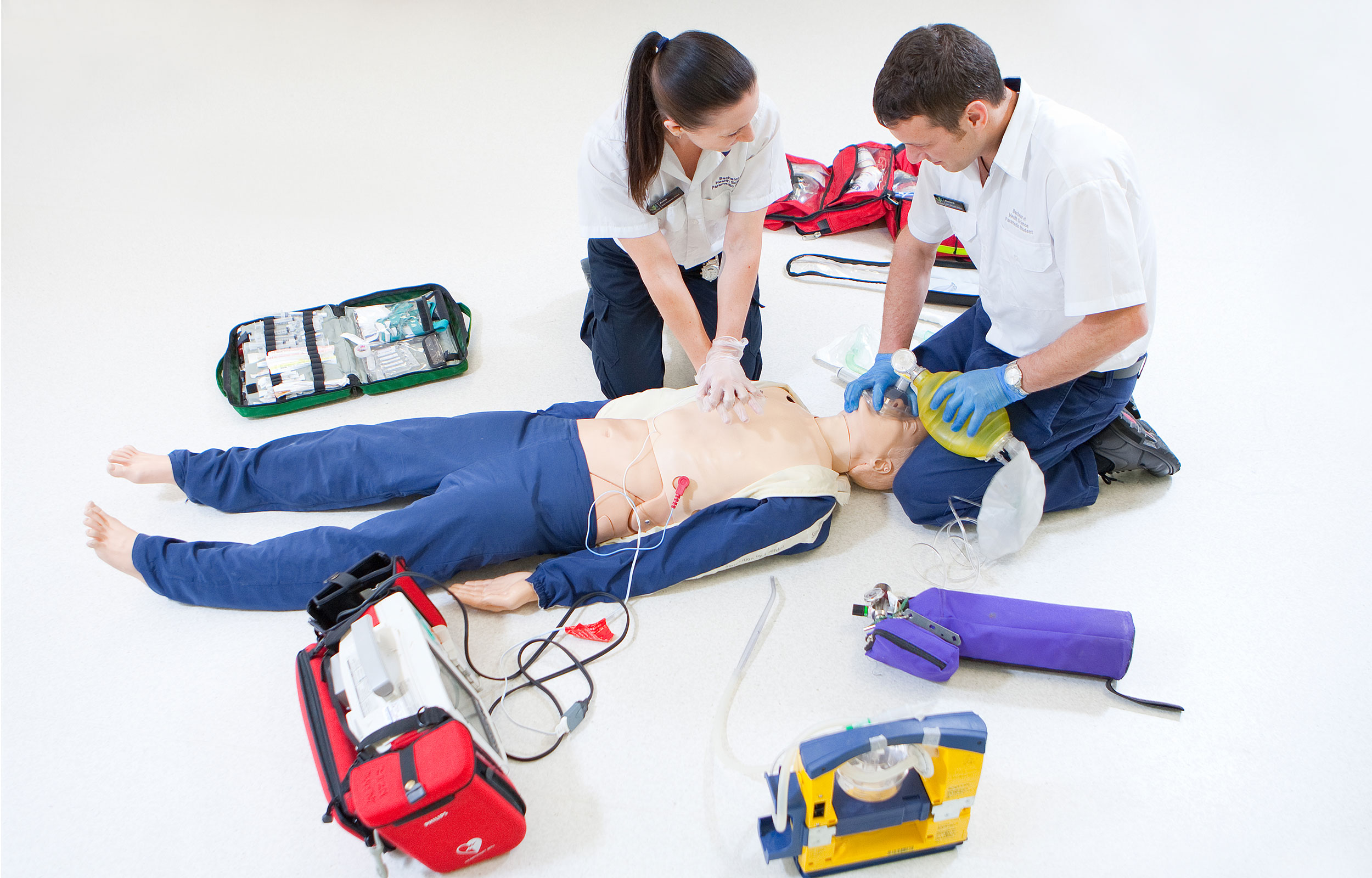The field of emergency medical care (EMS) is a noble and vital career that offers a lucrative job that is focused on helping people and providing vital healthcare. If you’re thinking of becoming an Emergency Medical Technologist (EMT), or even upgrading to the prestigious role of a Paramedic, you’ll be entering an industry with tremendous potential for growth and a high demand for highly trained professionals. This article will walk you through the entire process necessary to become an EMT or paramedic. We’ll also look at different training options, such as the DSHS-approved EMS course.
Understanding the role of EMTs and Paramedics:
Emergency Medical Technicians are also referred to as paramedics or EMTs are the primary responders in emergencies. They provide immediate care. They are trained to evaluate and treat patients as well as transfer them safely to medical facilities to receive more treatment. Paramedics and EMTs are vital for stabilizing patients during critical situations, deciding in split-seconds and delivering compassionate aid during times of crisis. For more information, click How to Become EMT
Step 1: Becoming an EMT:
You must complete the required education and training course as well as the required education and training program, which can vary based on the level of certification you want to attain. There are three levels of EMT certification:
1. EMT-Basic (EMT-B): This is the simplest certification and requires around 100 to 150 hours of education. EMTs-B have been trained in basic medical treatment, including CPR and bleeding control, and the basics of managing airways.
2. EMT-Intermediate (EMT-I) EMT-I is a level that requires an additional level of training and may vary between states. In some areas this level is complemented by EMT-B. In other places, the training can range from 200-400 hours and includes advanced medical techniques as well as intravenous therapy and other advanced skills.
3. EMT-Paramedic (EMT-P) The most prestigious stage of EMT certification, EMT, requires extensive training, typically running between 1,800 and 1,000 hours. Paramedics are trained to perform advanced medical procedures, such as the administration of medication, reading EKGs, and managing airways.
Step 2: Applying for paramedic certification
In order to become a Paramedic, you first need to pass the EMTB or EMTI levels and gain some experience in the field. After that, it is possible to join a paramedic training program, which typically takes one to two years to complete. This extensive program will cover advanced medical concepts and provide you with the abilities and experience to handle critical situations independently.
Explore EMT Training Options
When it comes to EMT training, you have several options to consider, dependent on the level of certification you wish to achieve. EMT training is usually offered by community colleges as well as medical trades schools for all levels of certification. These programs combine teaching in the classroom with hands-on experience in clinical and field locations.
Universities and colleges provide EMT programs at the EMT/Paramedic level in case you’re seeking an in-depth and comprehensive EMT program that can lead to an education at the college level. These programs will provide you with more knowledge of emergency services, and a greater understanding of medical decision-making.
Step 4: Ensure that DSHS-approved EMS training
If you’re an aspiring paramedic or EMT, it’s essential that the training program chosen by you be approved by DSHS. The Department of State Health Services accepts EMS programs to make sure they meet high standards of competency and education. By enrolling in a DSHS-approved EMS course will ensure that you receive only the best education and meets the certification requirements.
Paramedics and EMTs are highly respected careers. EMTs paramedics, EMTs and other emergency responders play an an essential roles in providing medical assistance and saving lives in times of emergency. In order for those who want to become EMTs or paramedics to embark on this life-saving endeavor they must successfully complete the required education and training programs. Depending on the certification level that is desired, applicants can pick from various EMT training options, which include medical trade schools, and universities.
It’s important to consider the options for training available, and make sure the EMS course you choose is approved by DSHS. You can be assured that the training you receive will meet all standards necessary to get EMT or paramedic certification.
The demand for highly skilled emergency medical professionals continues to rise as the demand for emergency medical professionals continues to increase, joining the field of EMS provides a wealth of job opportunities and the chance to make an enormous impact on the lives of others. If you’re an EMT Basic or you want to become a paramedic, your dedication to providing critical health will result in an enriching and meaningful career in emergency services.
